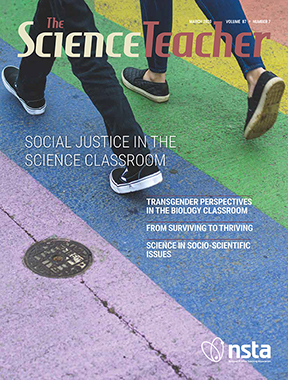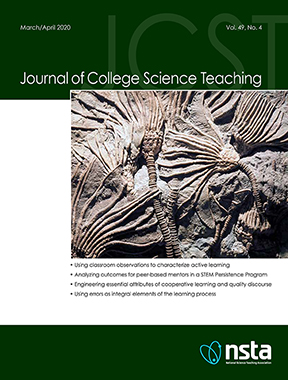I. Demonstration Hazards
A common demonstration that science teachers have used over the years is titled “The Electric Pickle.” It illustrates the fact that when an electric current passes through a salt solution, the sodium ions will emit a signature yellow light; AKA – a yellow lighted pickle. As interesting and motivating as it can be for students, there is the potential of this being a very hazardous demo. For starters, a live 110-volt current is being used. Given the risk of electric shock, make sure any power receptacle being used is ground-fault circuit interrupter or GFCI protected! There is also the risk of explosion. Like many other science laboratory demonstrations, there can be a high element of safety hazards and resulting serious risks for both the teacher demonstrator and the student observers. Before considering such demos, teachers must do a hazard analysis, risk assessment and determine the resulting safety actions to be taken for a safer outcome.
II. Hierarchy of Controls for Hazards!
The resulting safety action results from the Hierarchy of Controls (https://www.cdc.gov/niosh/topics/hierarchy/default.html). The first and highest level of controls involves “elimination (including substitution)” or removing the hazard from the lab, or substitute (replace) hazardous materials with less hazardous ones.
Secondly, “engineering controls” include equipment and processes that reduce the source of exposure.
Thirdly is the use of “administrative controls” which alter the way the work is done, like work practices such as standards and operating procedures (including training, housekeeping, and equipment maintenance, and personal hygiene practices).
Lastly is “Personal Protective Equipment or PPE.” This is equipment worn by individuals to reduce exposure such as contact with biological, chemical or physical hazards.
III. Focus on Safety Shields
A number of lab accidents that take place during demonstrations result from lack of a safety shield being used between the demonstration and the student observers. One engineering control which is often ignored but could potentially reduce or eliminate accidents and serious injuries is the use of a safety shield. This is clearly stated in the NYC Safety Manual (Grades K-12) on page 10: “Place a safety shield between the students, yourself, and the demonstration.” (https://www.uft.org/files/attachments/doe-science-safety-manual.pdf).
For example, in the electric pickle demo, a Plexiglas panel or shield should be used between the electrified pickle and the student observers for added protection. Also know that if laboratory procedures call for a safety shield, then safety glasses or goggles (as appropriate) must also be worn. Finally, if appropriate, use a face shield. Portable safety shields can provide limited group protection against hazards such as chemical and/or biological splashes, explosions, impact and fires.
Use of a fume hood may be the safer alternative. Laboratory equipment/chemical apparatus need to be shielded on all sides. In this way, no line-of-sight exposure to laboratory occupants can take place. Both the vertical and horizontal fume hood sashes are designed for use as a safety shield to protect against spills and splashes. Keep the hood sash closed as much as possible. However, be aware that fume hood sashes may not provide protection against explosions, implosions, and flying objects. Sashes constructed of safety glass can minimize injuries from embedded glass. Always wear splash goggles, and use a full face shield in using a fume hood if there is possibility of an explosion or eruption.
III. Final Note
Bottomline is – Before doing a demonstration or experiment, also do a hazard analysis, risk assessment and adopt the appropriate safety actions. This includes the Hierarchy of Controls. Remember to especially use appropriate engineering controls as needed like a portable safety shield or fume hood with an operational sash whenever there is potential danger that an explosion or implosion of an apparatus might occur.
Submit questions regarding safety to Ken Roy at safersci@gmail.com or leave him a comment below. Follow Ken Roy on Twitter: @drroysafersci.





